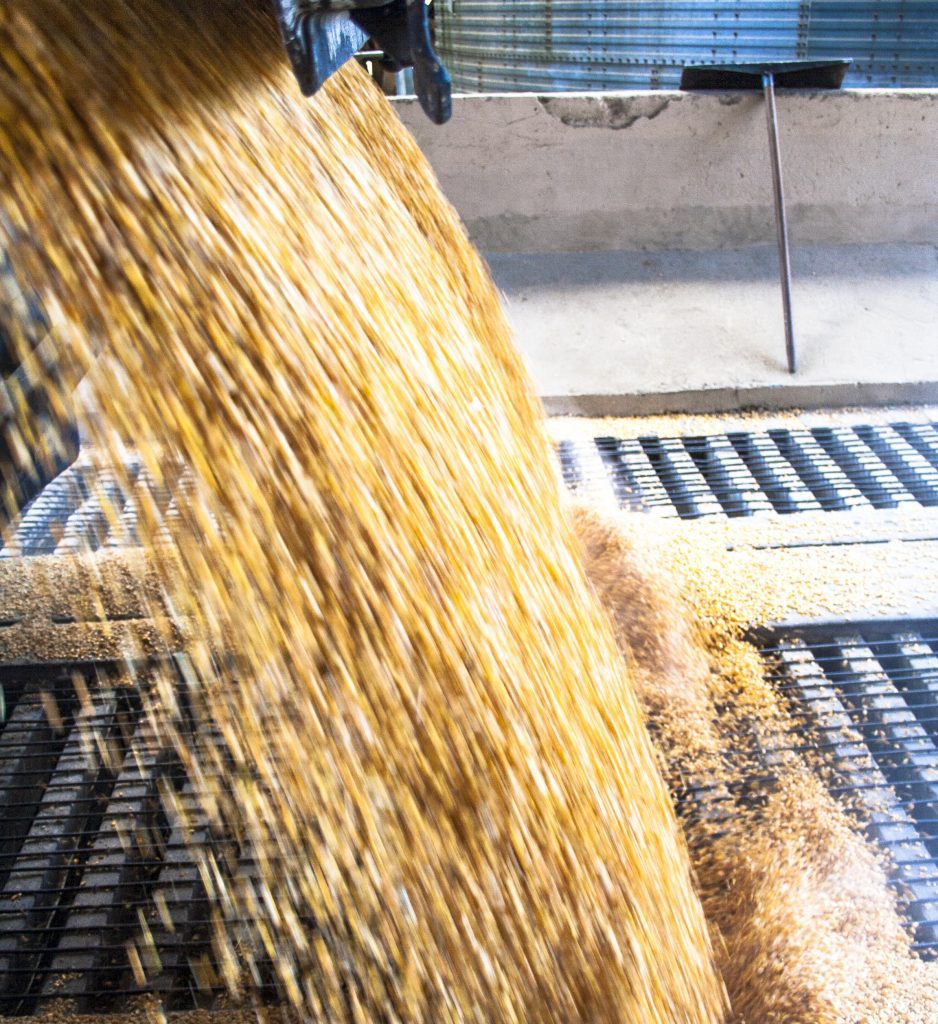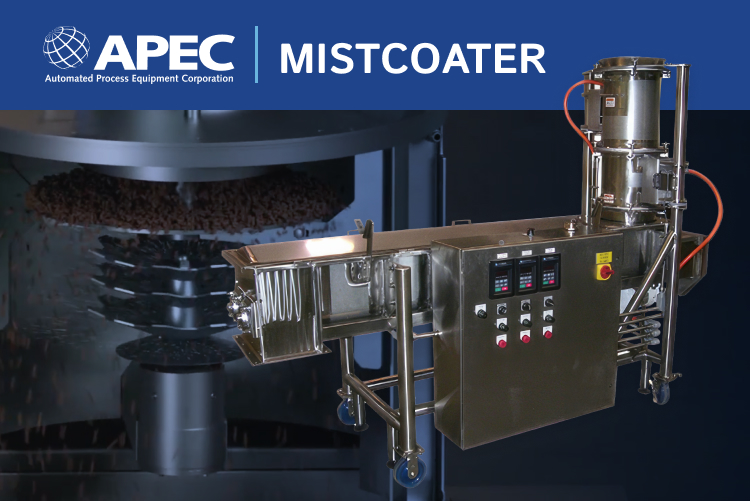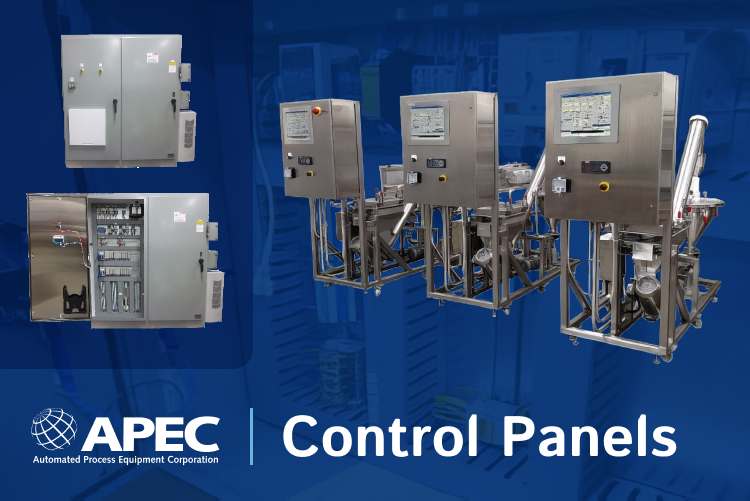
From the first assembly line to the complex robotics in use today, automated equipment is designed to make processes more efficient. Efficiency may mean optimizing equipment uptime, reducing unexpected downtime, or simply making a process faster. Automation in bulk material handling can be used at many different stages of production and with many different materials. Here’s a few of the ways you can use automation to improve bulk material handling efficiency.
Using Automation to Improve Bulk Material Handling Efficiency
Automatic Routing
Automatic routing helps to make upstream and downstream processes move more smoothly. Automatic downstream routing will ensure that the finished product makes its way into the correct finishing bin. Automating this part of the process can help to improve the overall efficiency of the system by removing human error and delays. If an operator is dealing with another task and isn’t available to route the system properly, the bin will fill and the process will halt, as the material has nowhere to go. Automatic downstream routing will divert the material to the next bin as soon as the previous one fills, so the process moves on smoothly.
Automatic upstream routing works similarly, except with raw ingredients instead of finished material. Automated upstream routing moves raw materials into the correct bin as it’s being delivered and dispensed. Both of these automated processes improve bulk material handling efficiency during processing, but also make record-keeping and track and tracing much more accurate and efficient as well.
Warehouse Tracking
When receiving materials into a warehouse, first-in-first out usage is essential to prevent spoilage. However, this can be a challenge to maintain, as new shipments are generally piled or stacked on top of the old. An automated system can help to improve this process by showing exactly where the oldest materials are located on the pick list. When your routing, tracking and controls systems communicate, employees can easily see which bag, box or bin should be used next.
Machine Monitoring
Automation can improve bulk material handling efficiency by increasing uptime, but also by reducing unexpected downtime. One way to accomplish this is through preventive maintenance and machine monitoring. This not only prevents unexpected shutdowns due to machine error, but can also help to prevent dangerous events that put plants and employees in danger.
As a mixer, grinder, conveyor, or another device runs, sensors can monitor this activity and alert operators of problems. The most common ways to accomplish this is through amp draw, vibration, and temperature. A sensor might monitor amp draw to detect when a motor is working too hard. This might mean the load is too heavy or the material is too thick, which might occur if the material in the process changes, the material gets wet and sticks to the machine, the scale is off and dispenses too much material, the motor is in need of maintenance, or there may be another cause. Though the sensor won’t diagnose the problem, it will show that a problem exists before the motor overheats and breaks down completely.
Shut-down conditions can also be prevented by monitoring vibration or the temperature of the bearings on a machine. For example, if a grinder, conveyor, or another machine is vibrating excessively, this might indicate an unbalanced load, a foreign object has entered the mix, or another part of the machine is in need of maintenance. A sensor will detect this issue and alert an operator automatically. Sensors monitoring the temperature of bearings can detect even more urgent issues. If bearings are not properly lubricated, or if they are damaged, affected by a foreign object, or another issue, they can overheat through excessive friction. In bulk material handling, especially with fine powders, this can become a fire or explosion ignition device. Temperature monitoring sensors will detect this problem before it becomes a hazard.
Coordinating Run Time
One of the biggest advantages of automation in bulk material handling is the ability to coordinate processes and machines. With automation and synchronized controls, you can coordinate each process to run simultaneously. This might include filling, grinding, dispensing, weighing, mixing, and much more. This will optimize your facility for maximum efficiency.
To coordinate each process, it’s important to consider cycle times, filling times, weighing times, and more. This often includes more than the process time itself, but also the time it takes for materials to fill, settle, and discharge. For example, if it takes 30 seconds to fill, measure and discharge each ingredient in a 10 ingredient mix, it will take 300 seconds total to weigh the material in the scale so the mixer could be waiting for the weighing process to complete. If the mixing time only takes 150 seconds, it will be idle half the time. To solve this problem and reach maximum efficiency, you might use two scales, each with 5 ingredients. Automated equipment and controls will make these processes work together seamlessly, with each starting and stopping automatically, at the right time.
Automation offers many ways to improve bulk material handling efficiency. Consider your processes carefully and take a close look at where your equipment is idle, or where you’re seeing inaccuracies or shut-down conditions. Most likely, this is where automation upgrades will make the best improvements.







